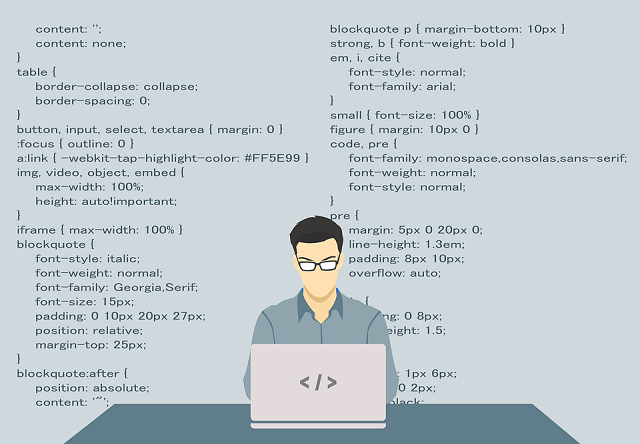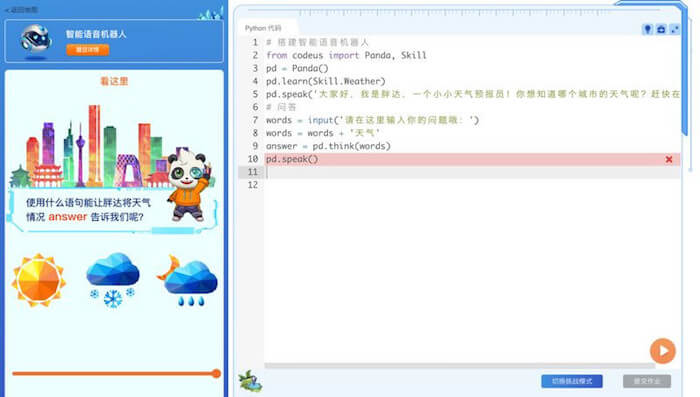
From essential-qualities oriented education to K12 education system, coding education is taking off across China. Nowadays, China has placed coding in the national school curriculums and 4-to-12 year-olds are required to learn computer programming.
WeCode, aiming to turn programming training for 4-to-12 year-olds a subject, has secured nearly ten million yuan in the angel investment. In addition, WeCode has developed products targeting both students and schools.
For teachers in schools, the SaaS learning and administration platform is available for teachers to present relevant coding teaching, practicing, and testing items. Moreover, to better tailor this course to students wherever internet and browser are available, WeCode launched cloud translator.
For those 4-to-12-year-olds students, WeCode developed a Python pre-recorded video interactive curriculum. Given that Python has already been a part of college-entrance exam gaokao, WeCode put more effort into the establishment of tool and content.
Some might wonder why WeCode wants to pre-record curriculum considering the small class is so popular today. To put it simply, it is costly to hire programming teachers and there are not enough qualified programming teachers.
To deal with the might-be problems of inadequate surveillance and difficulty of staying focused for a long time, WeCode designed every course to be within 15 minutes in length with 10 interesting interactive questions in between in order to keep students’ attention in learning.

Practice counts a lot for computer programming learning. Therefore, WeCode developed an AI-accompanied programming system with the left-screen for correction and right screen for code-writing. Students can ask a real teacher if the AI teacher fails to solve the problem.
It’s not late for WeCode to enter this market even if coding education for 4-to-12 year-olds has been gaining popularity since 2016. This market still has a lot left to be explored with such a low penetration. In the beginning, it is important for platforms to lower the cost to attract parents.